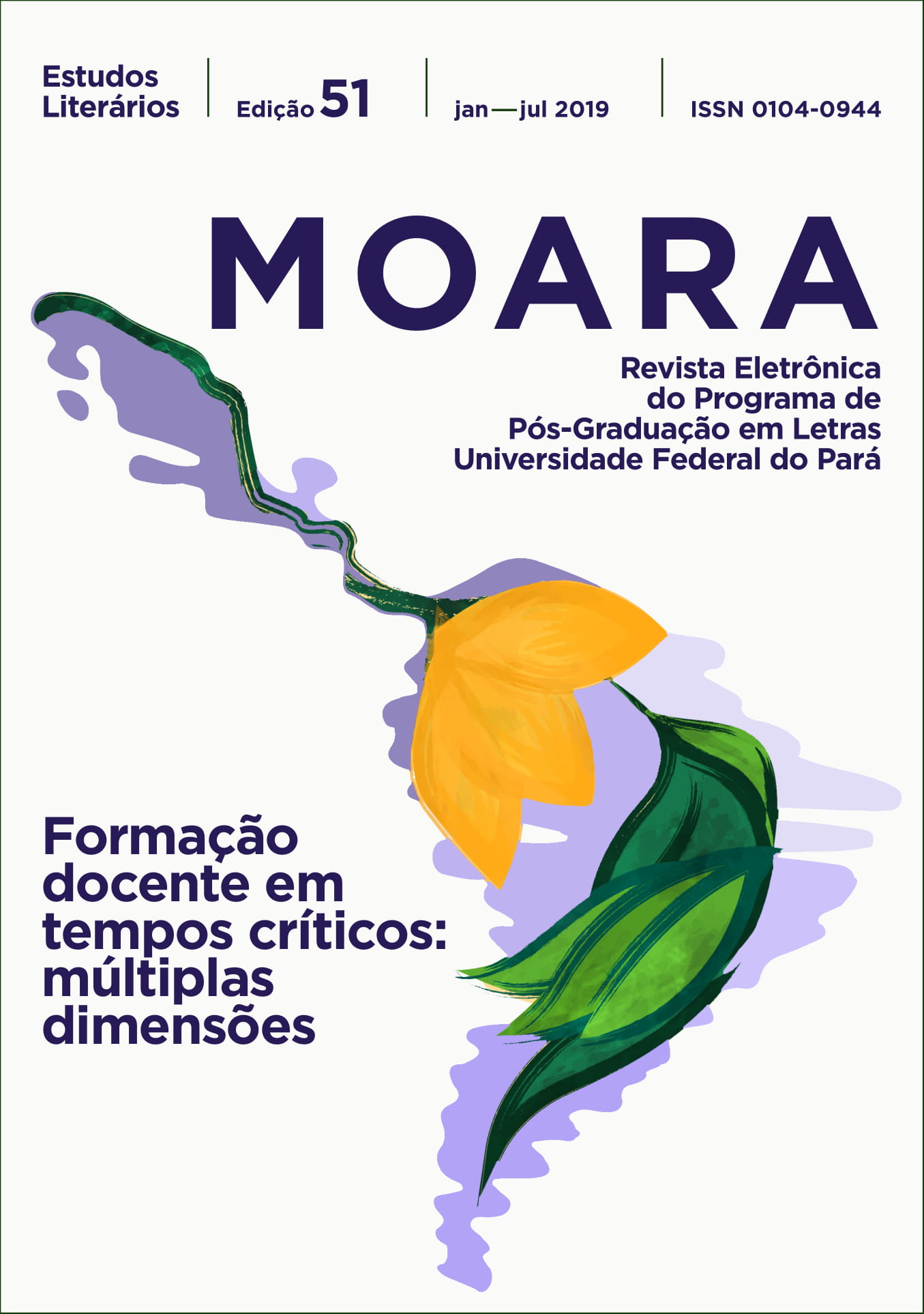he typological research in Brazilian indigenous languages
DOI:
https://doi.org/10.18542/moara.v1i51.7345Abstract
The focus of the present paper is to discuss some important typological aspects of Brazilian indigenous languages, mainly regarding the phonological aspects. We use two phonological phenomena quite commons on nature languages: nasalization and palatalization. For nasalization we use three languages that belongs to the Tupi-Guarani family (Parakanã, Mbyá and Guajá) and for the phenomenon of palatalization we use three languages of the Arawak family (Mehinaku, Palikur and Paresi). The aim is to discuss the importance of typology and phonology research as well to verify the patterns of nasalization and palatalization for possible generalizations that might point to some trends and patterns in Brazilian indigenous languages. A general result of this study shows that even in related languages there are different patterns with regarding to the studied phenomena, contributing with the translinguistic studies that verify not only the similarities but also the differences found of linguistic phenomena in the languages of the world.Downloads
Published
2019-08-02
Issue
Section
Artigos de Tema Livre


